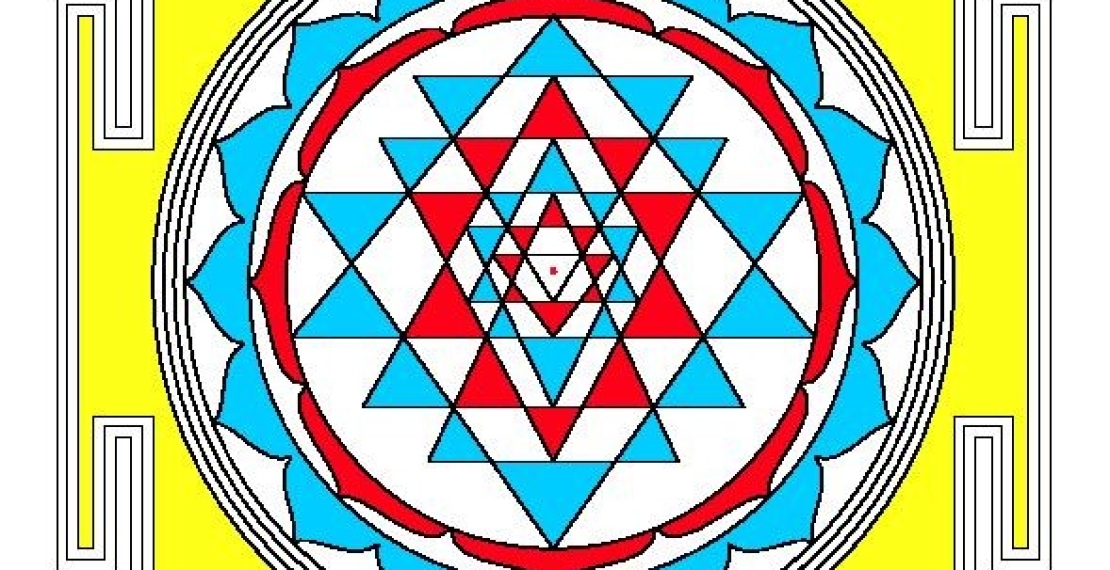Sanskrit is a primary language of South Asia, belonging to the Indo-European family of the Indo-European branches. It emerged in South Asia after the previous Indo-European family of languages had diffused from the west in the late Bronze Age. Sanskrit is the most important and widely used family of languages in the Indian subcontinent, with approximately 98% of its total population speaking Sanskrit as their primary language.
Sanskrit is also one of the oldest languages in the world that has left a deep impression on the minds of its speakers. It is an important and integral part of Hindu civilization, having been spoken by the Hindus for more than 1500 years. Sanskrit is one of the four main dialects of the classical period of Indian politics and government, the other three being Hindi, Punjabi and Marathi. The current era has witnessed Marathi speakers almost completely speaking Sanskrit, while the Hindi speaking people continue to use Hindi as a supplementary language.
Sanskrit is one of the three classical texts in Hinduism, the other two being the Upanishad and the Bhagvatam. Sanskrit is an important section of ancient history and mythology of India, being considered as the pre-eminent work of ancient literature in the subcontinent. The influence of Sanskrit literary production has reached to this day over a vast section of society in the form of countless poems, stories, epics and novels written in Sanskrit. A major part of Indian literature, especially the Western literary language, has been greatly impacted by the influence of Sanskrit and its authors like Kalidasa, Amrita Sher-Gil, Haldirath and Ramakien wrote extensively in Sanskrit.
Sanskrit is the only surviving language of the classical period of Indian history, the language that gave birth to literary works like the Mahabharata and the Charaka Samhita. Sanskrit also co-opted a large number of foreign words, most notably those of Greek, Latin, English, Turkish, Chinese and a few others. This variety has made Sanskrit one of the most widely used languages in the world, with approximately 5.5 million speakers currently. This is even higher in states like Rajasthan and Gujarat where Sanskrit is the primary language.
Sanskrit has been in use since the time of Buddha and even the renowned Upanishads, which were written in Sanskrit, bear traces of Sanskrit influences. The modern-day significance of Sanskrit can be traced in India's governmental structures, with many prime ministers and top ranking cabinet members being said to have learnt Sanskrit during their early academic careers. Sanskrit is also commonly studied at length by Indians as a subject in college, leading to a general inclination towards the language amongst Indians. There are many institutes in India that teach students how to speak Sanskrit and it is also commonly studied as a subject in university and college in India.
The classical period of Sanskrit literature covers approximately 2020 years from the fifth century BCE to the seventh century CE. A large number of Sanskrit works have been discovered in India, mostly at sites like Harappan, Ujjain, Ajanta and Ellora caves. Most of these Sanskrit literary works, mainly relating to ancient Indian epics, deal with themes like love, war, gods and goddesses. There are many examples of Sanskrit literature that have inspired stories and novels of the western world, including the Lord of the Rings, Aesop's fables and the Ramayana.

